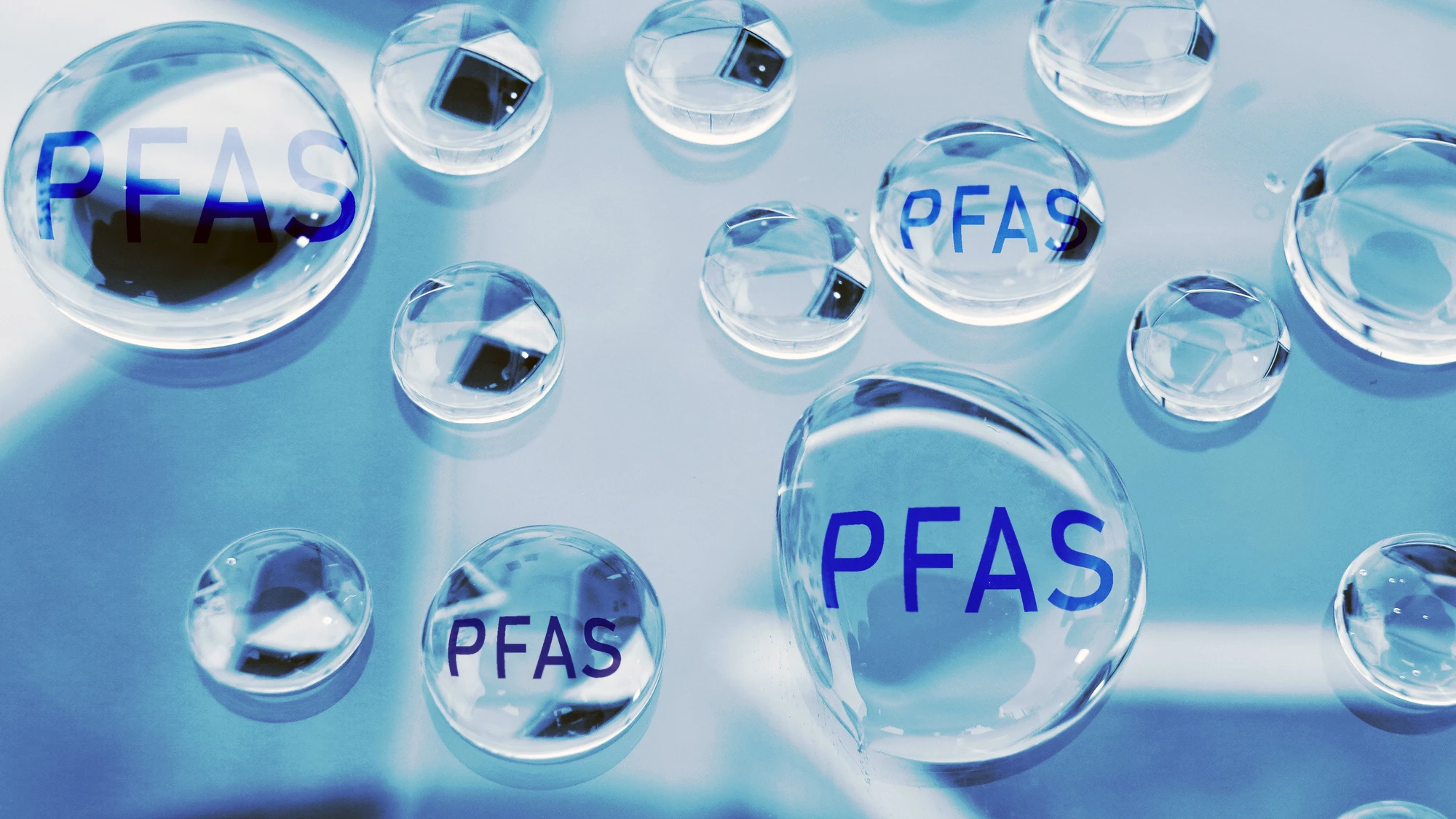Proposed methods of removing toxic ‘forever chemicals’ from water have either only trapped the chemicals or broken them down. A new study has demonstrated a method that does both – quickly and cheaply.
Per- and polyfluoroalkyl substances, more commonly called PFAS or ‘forever chemicals,’ are a group of synthetic chemicals that resist degradation – hence the forever moniker – and pose a risk to the environment and us.
Now, chemical engineers at the University of British Columbia (UBC) in Canada have come up with an all-in-one solution for trapping and breaking down these forever chemicals into harmless components. Their method is explained in a recently published study.
“PFAS are notoriously difficult to break down, whether they’re in the environment or in the human body,” said Dr Johan Foster, an associate professor of chemical and biological engineering in UBC’s faculty of applied science and the study’s co-corresponding author. “Our system will make it possible to remove and destroy these substances in the water supply before they can harm our health.”
Activated carbon is commonly used to absorb PFAS from drinking water due to its high surface area and strong affinity for organic compounds. However, one drawback of activated carbon is that additional steps are needed to dispose of the adsorbed chemicals. So, the researchers turned their minds to developing a means of destroying them in situ.
Photocatalytic degradation is a promising way of breaking down PFAS using light energy. Various metal oxides have emerged in recent years as potential options for eliminating the chemicals under UV irradiation. To that end, the researchers developed an iron oxide/graphemic carbon hybrid photocatalyst and found that it trapped PFAS chemicals and broke them down into harmless components.
“The whole process is fairly quick, depending on how much water you’re treating,” Foster said. “We can put huge volumes of water through this catalyst, and it will adsorb the PFAS and destroy it in a quick two-step process. Many existing solutions can only adsorb, while others are designed to destroy the chemicals. Our catalyst system can do both, making it a long-term solution to the PFAS problem instead of just kicking the can down the road.”
Obviously, a photocatalyst requires light to work. However, the UBC researchers found that their PFAS elimination system doesn’t need as much UV light as other methods. Even under low light conditions, their system removed more than 85% of perfluorooctanoic acid (PFOA), one of the most widely used and studied chemicals in the PFAS group.
“Our catalyst is not limited by ideal conditions,” said Dr Raphaell Moreira, a professor in the Institute of Applied and Physical Chemistry at Universität Bremen, Germany, who conducted the research while working at UBC, and the study’s lead and co-corresponding author. “Its effectiveness under varying UV light intensities ensures its applicability in diverse settings, including regions with limited light exposure.”
The researchers think the catalyst could be used on contaminants other than PFAS.
“While the initial experiments focused on PFAS compounds, the catalyst’s versatility suggests its potential for removing other types of persistent contaminants, offering a promising solution to the pressing issues of water pollution,” Moreira said.
They also believe the catalyst could be a low-cost, effective way to clean up both municipal and industrial water systems. They’re exploring its commerciality through ReAct Materials, a company that they’ve set up.
“Our catalyst can eliminate up to 90% of forever chemicals in water in as little as three hours – significantly faster than comparable solutions on the market,” said Foster. “And because it can be produced from forest or farm waste, it’s more economical and sustainable compared to the more complex and costly methods currently in use.”
The study was published in the journal Communications Engineering.
Source: UBC





